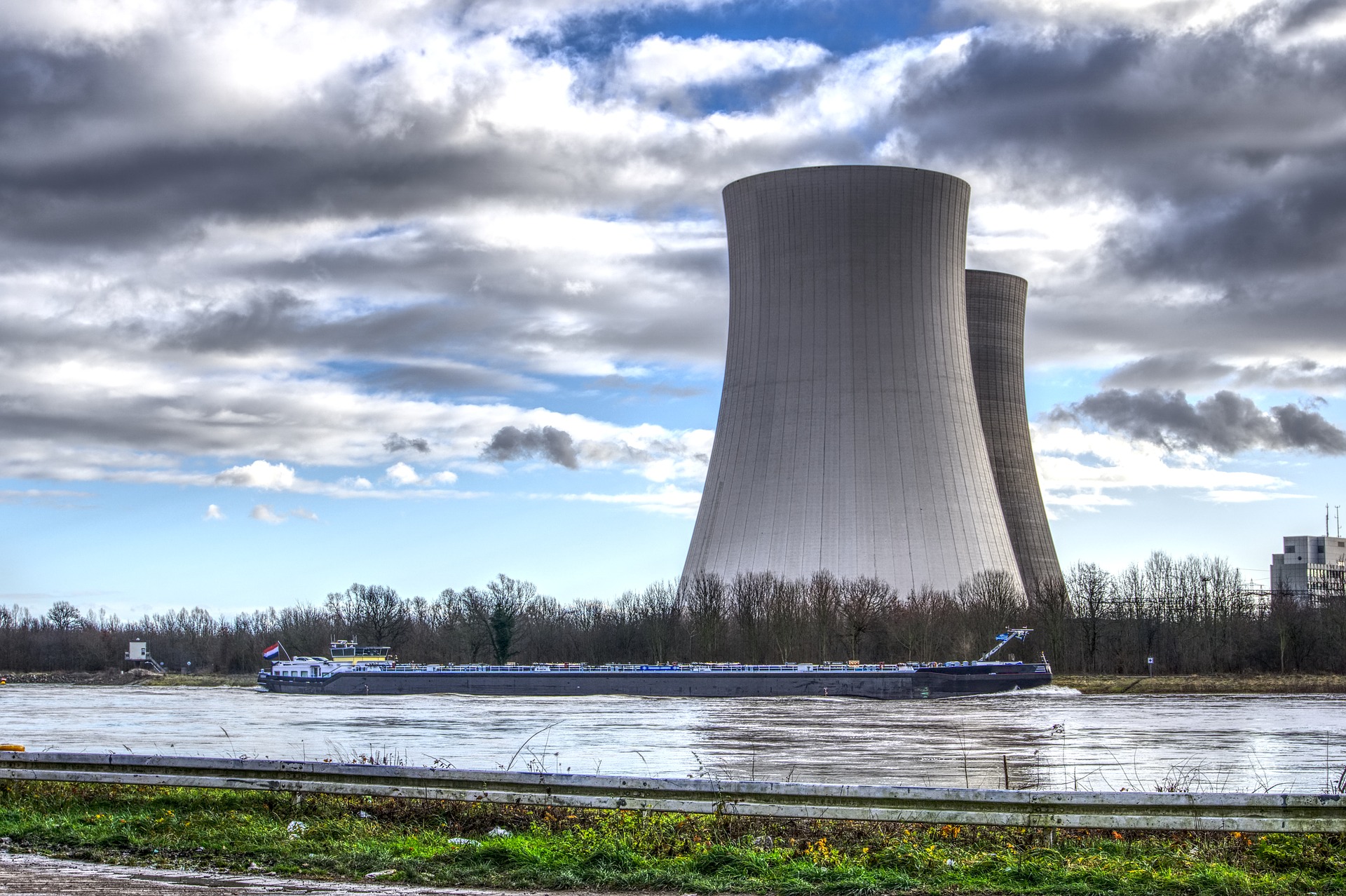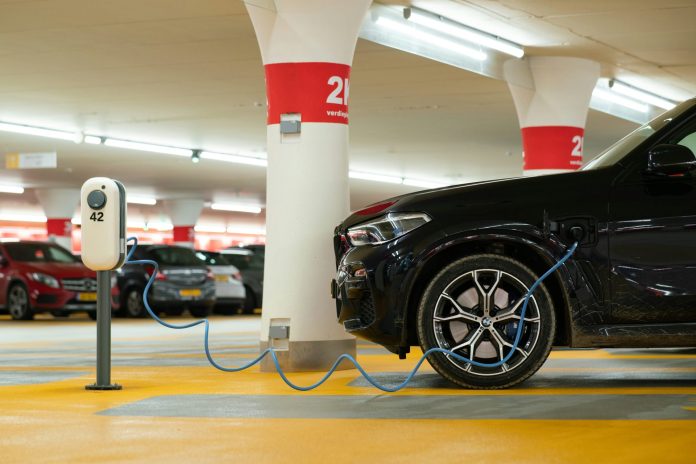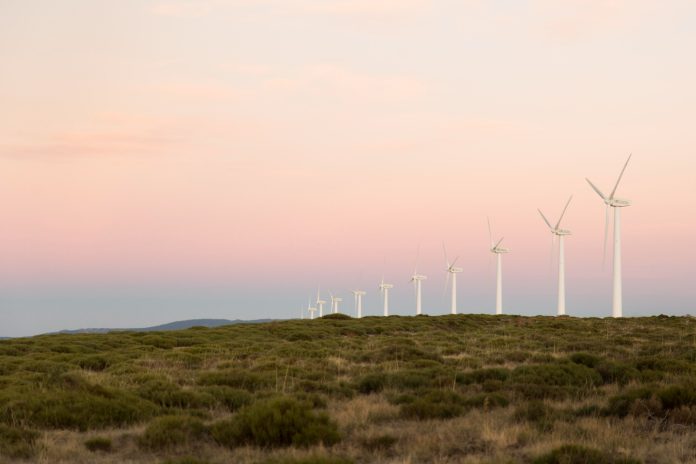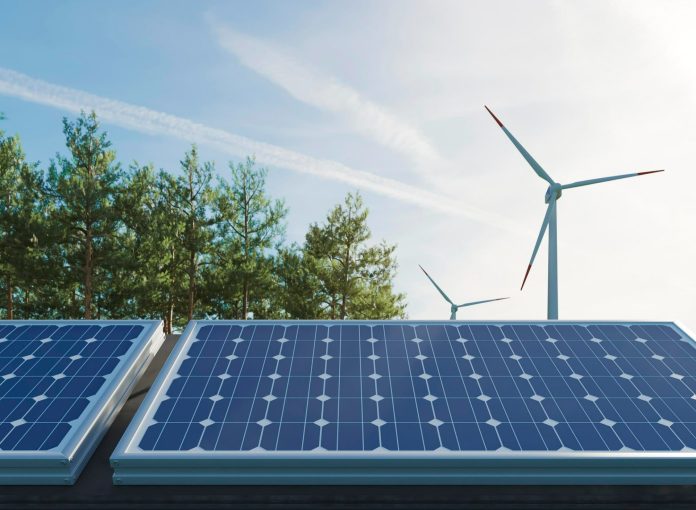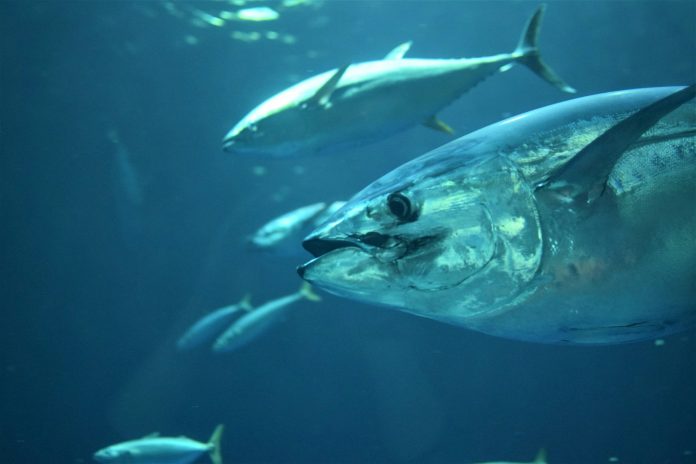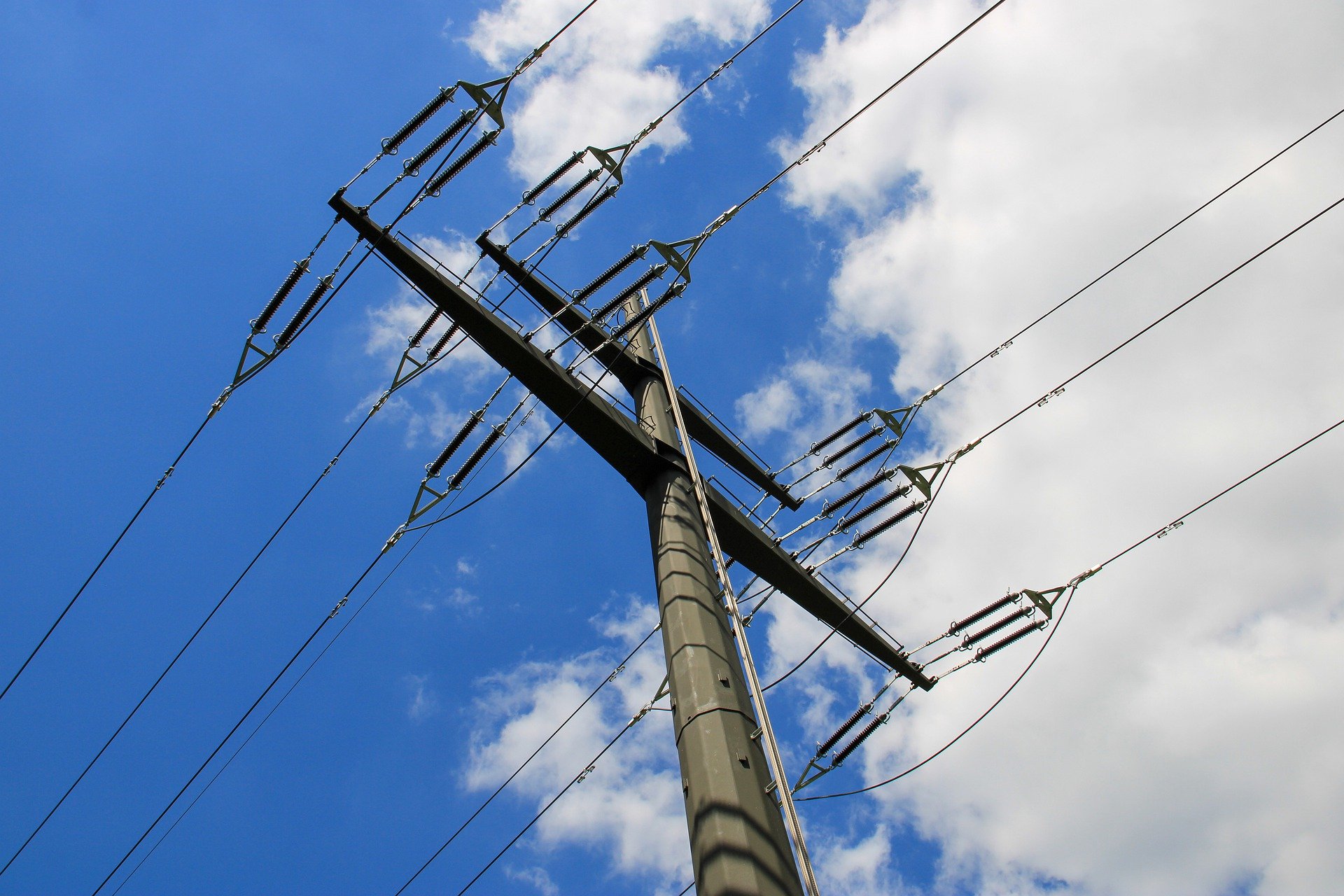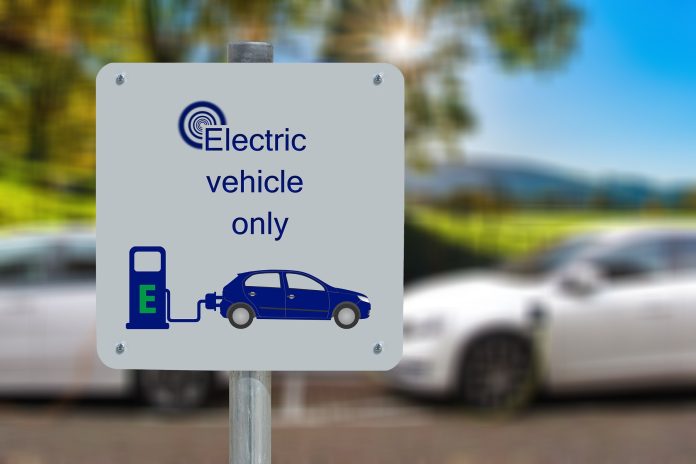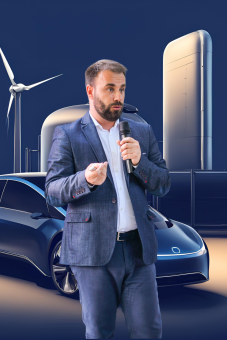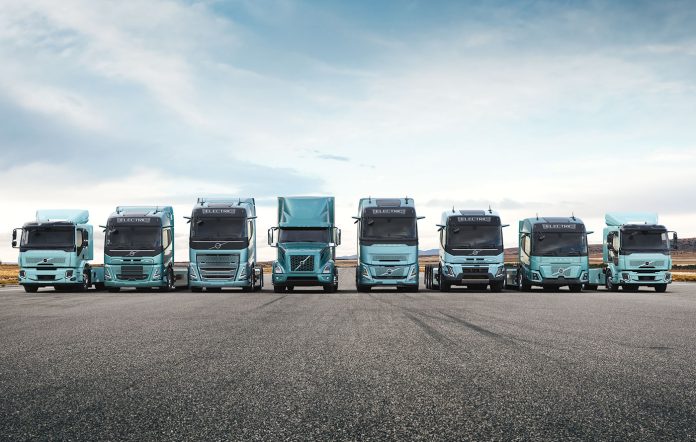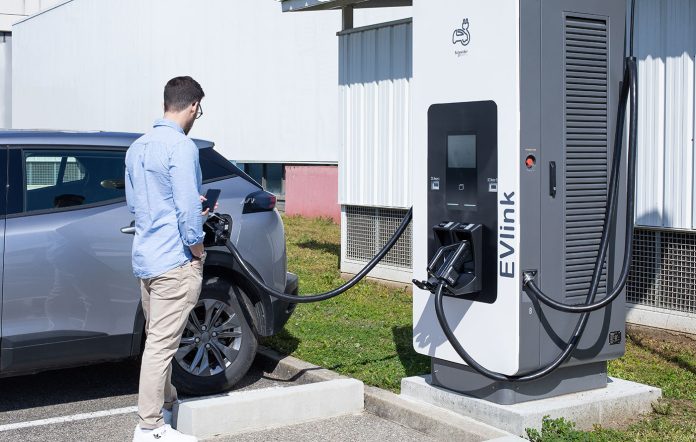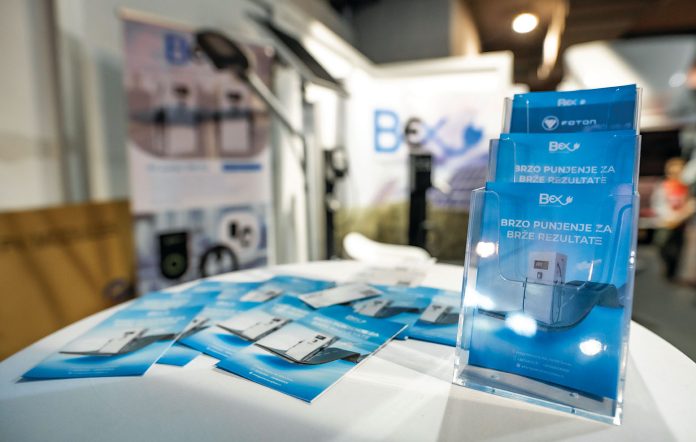At a recent session of the Government of the Republic of North Macedonia, the National Electricity Market Operator (MEMO) was officially appointed as the Nominated Electricity Market Operator (NEMO) for the next four-year period.
NEMO (Nominated Electricity Market Operator) is a key institution in the process of integrating a national electricity market with the European Union’s single market, in line with EU legislation.
MEMO’s appointment to this role is based on the new Energy Law, which is fully harmonized with European regulations and had received the support of the Energy Community Secretariat during its drafting phase.
The decision was made by the government following a recommendation from the Energy Regulatory Commission, paving the way for deeper integration of North Macedonia’s electricity market with those of EU member states—such as Greece and Bulgaria—in the “day-ahead” and “intraday” market segments.
More:
- North Macedonia Advocates for Accelerated Electricity Market Integration at EU Forum
- Montenegro’s 2024 Energy Balance – Hydrological Challenges and Increased Electricity Consumption
- Bulgaria Announces New Oil and Gas Exploration in the Black Sea
Zoran Đorđijevski, General Director of MEMO, stated that the NEMO appointment is a recognition of the efforts and vision to create a functional and integrated Macedonian electricity market.
“The successful performance of the Macedonian Electricity Exchange in recent times, made possible by the trust of market participants, is yet another confirmation of our ongoing commitment to achieving this strategic goal,” Đorđijevski emphasized.
This step is expected to bring greater market liquidity, optimized cross-border capacity allocation, better integration of renewable energy sources, and enhanced security of electricity supply through transparent and EU-aligned market mechanisms.
Energy portal


